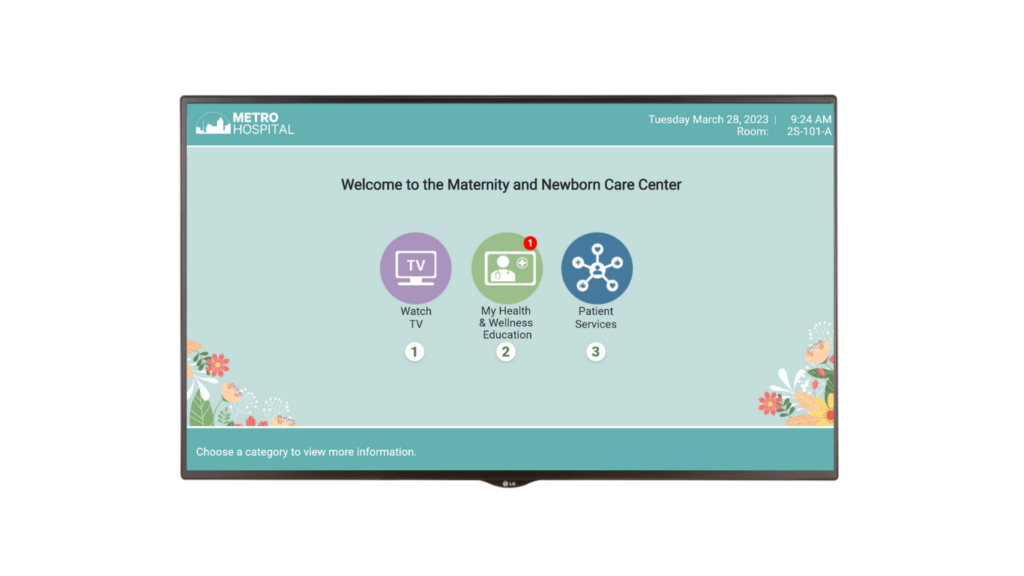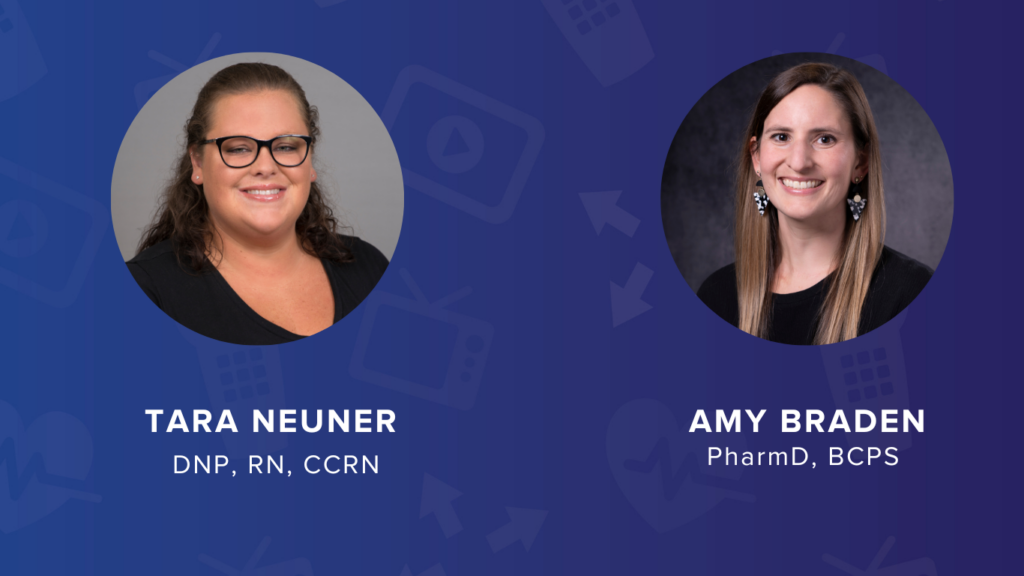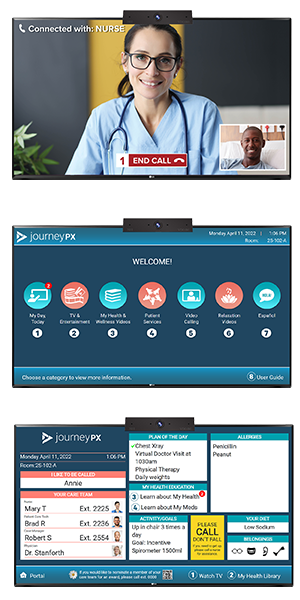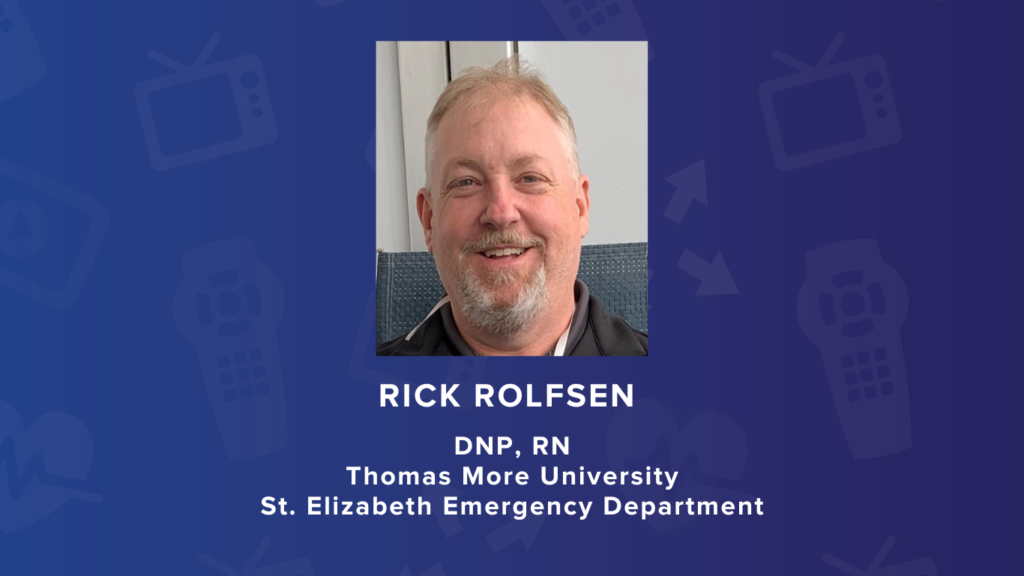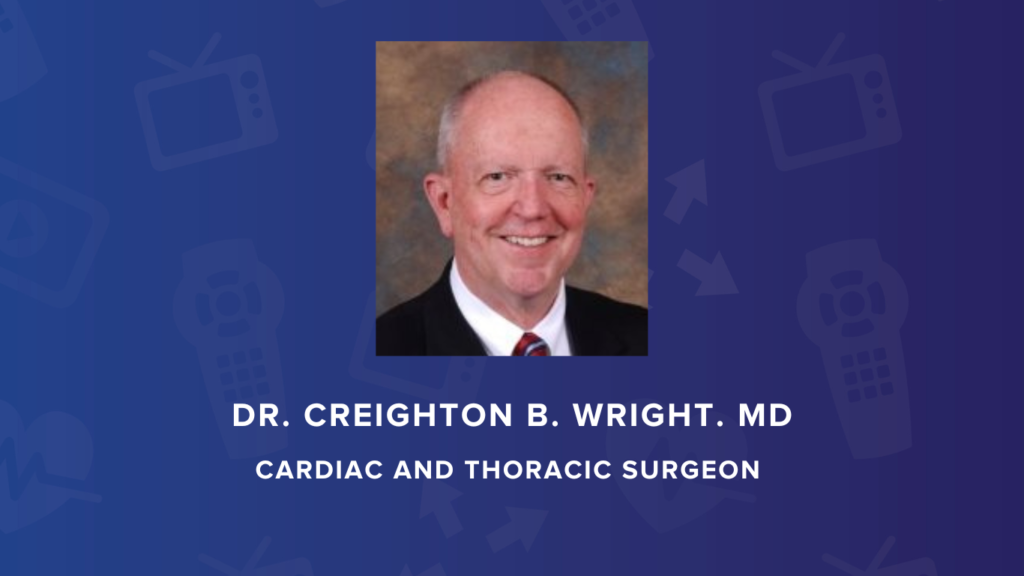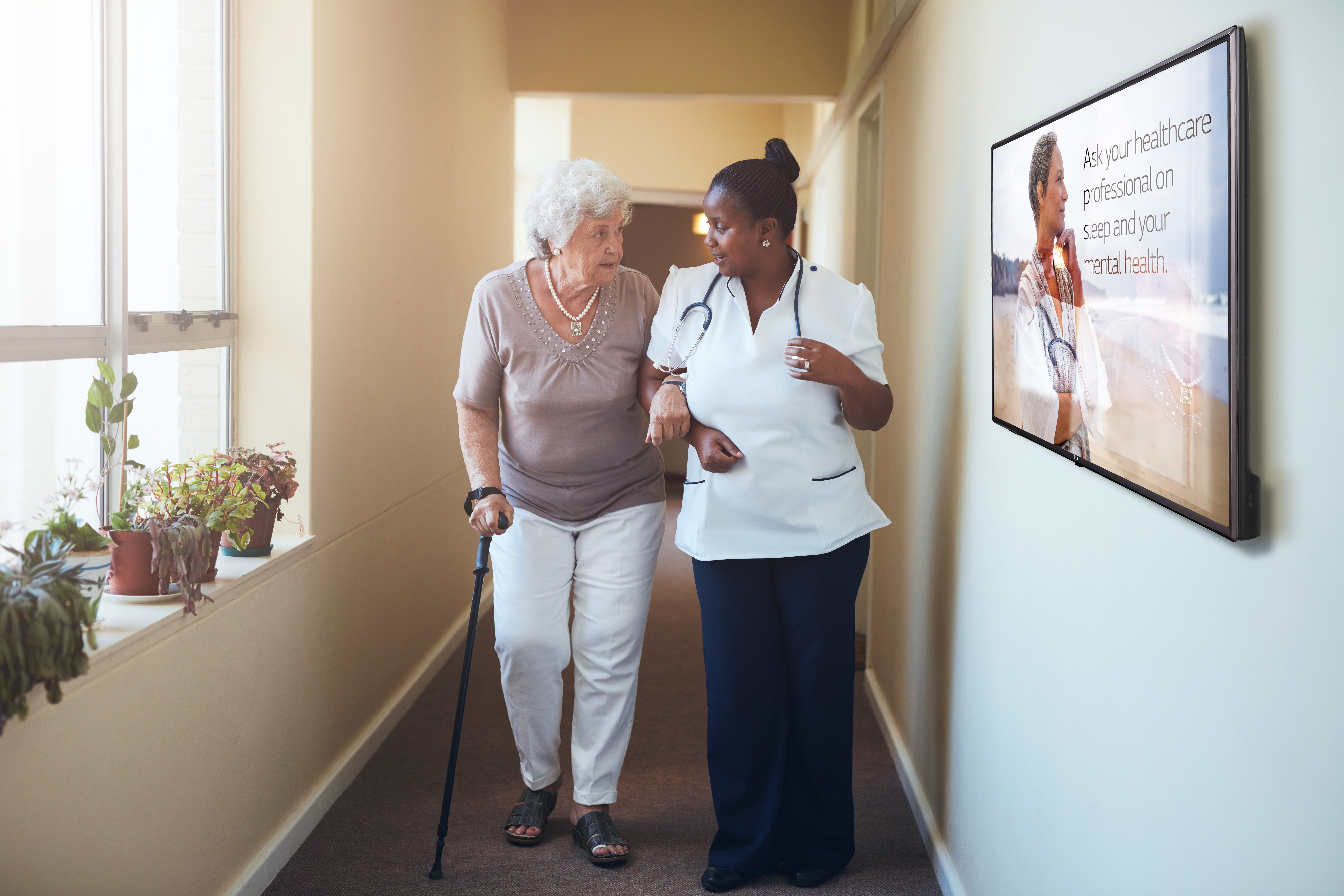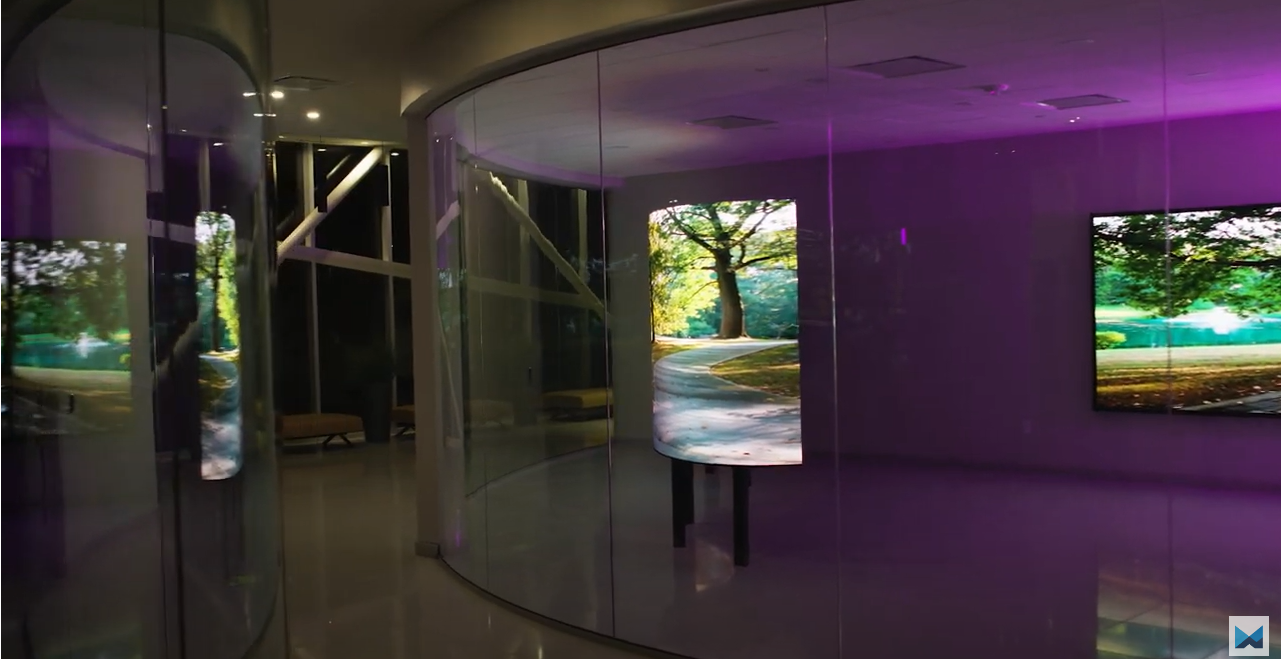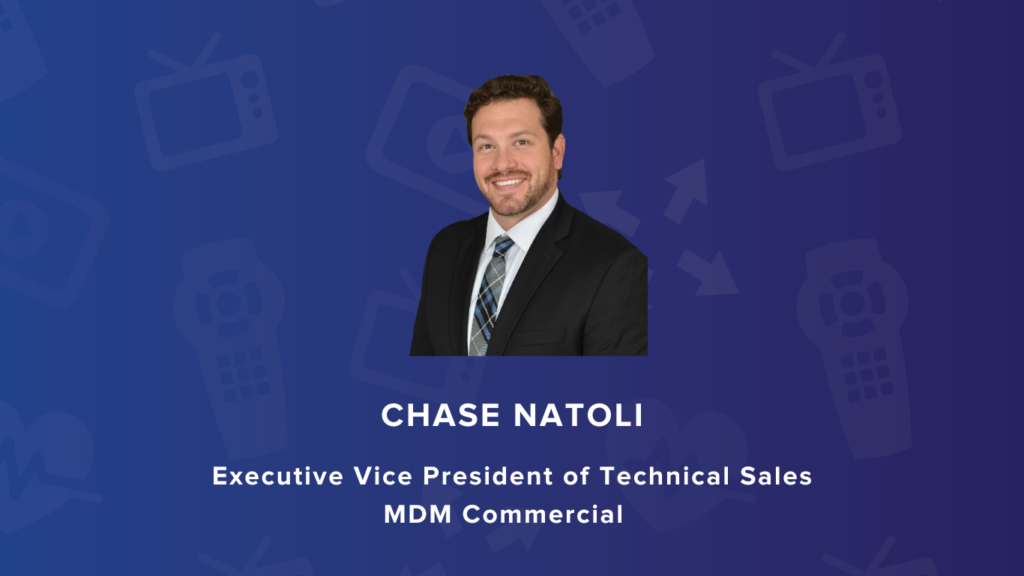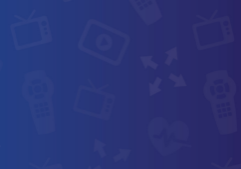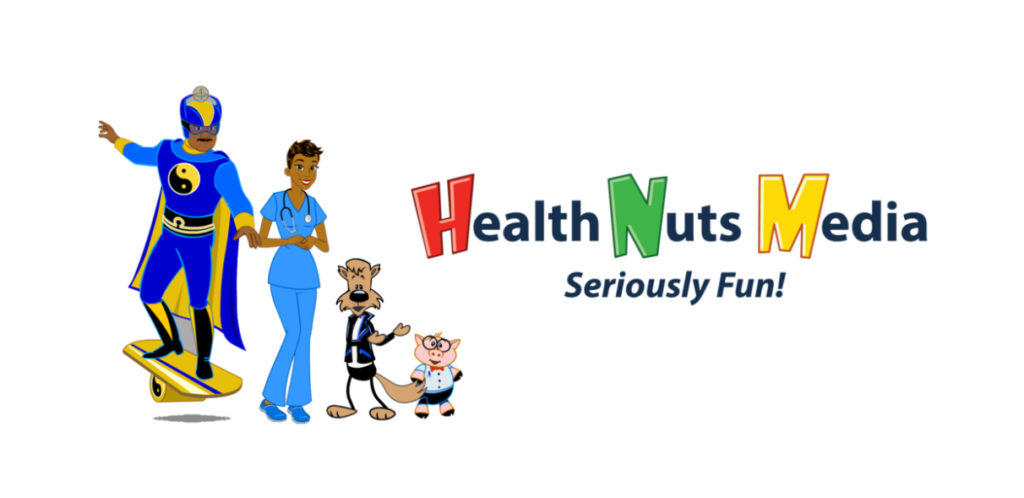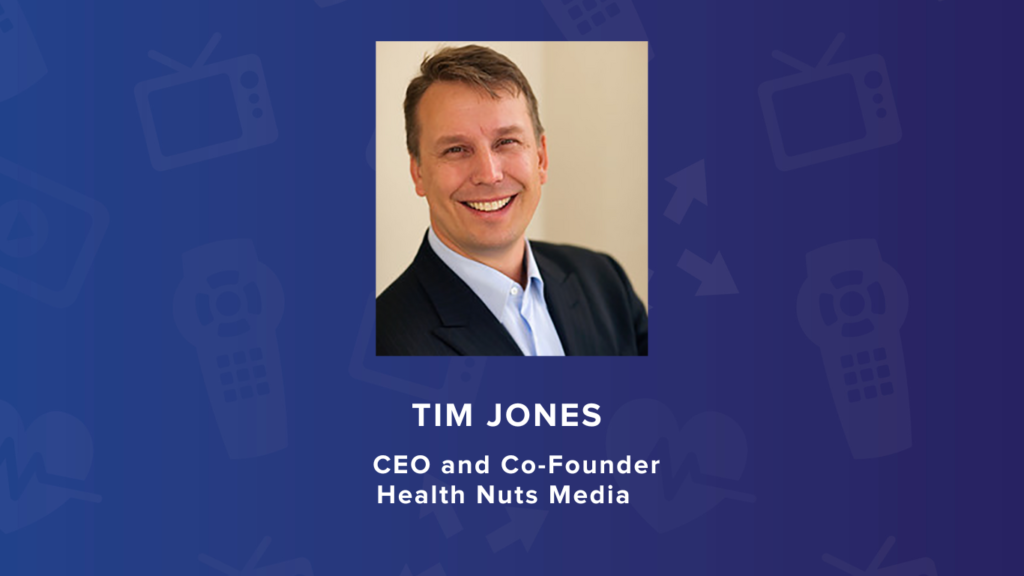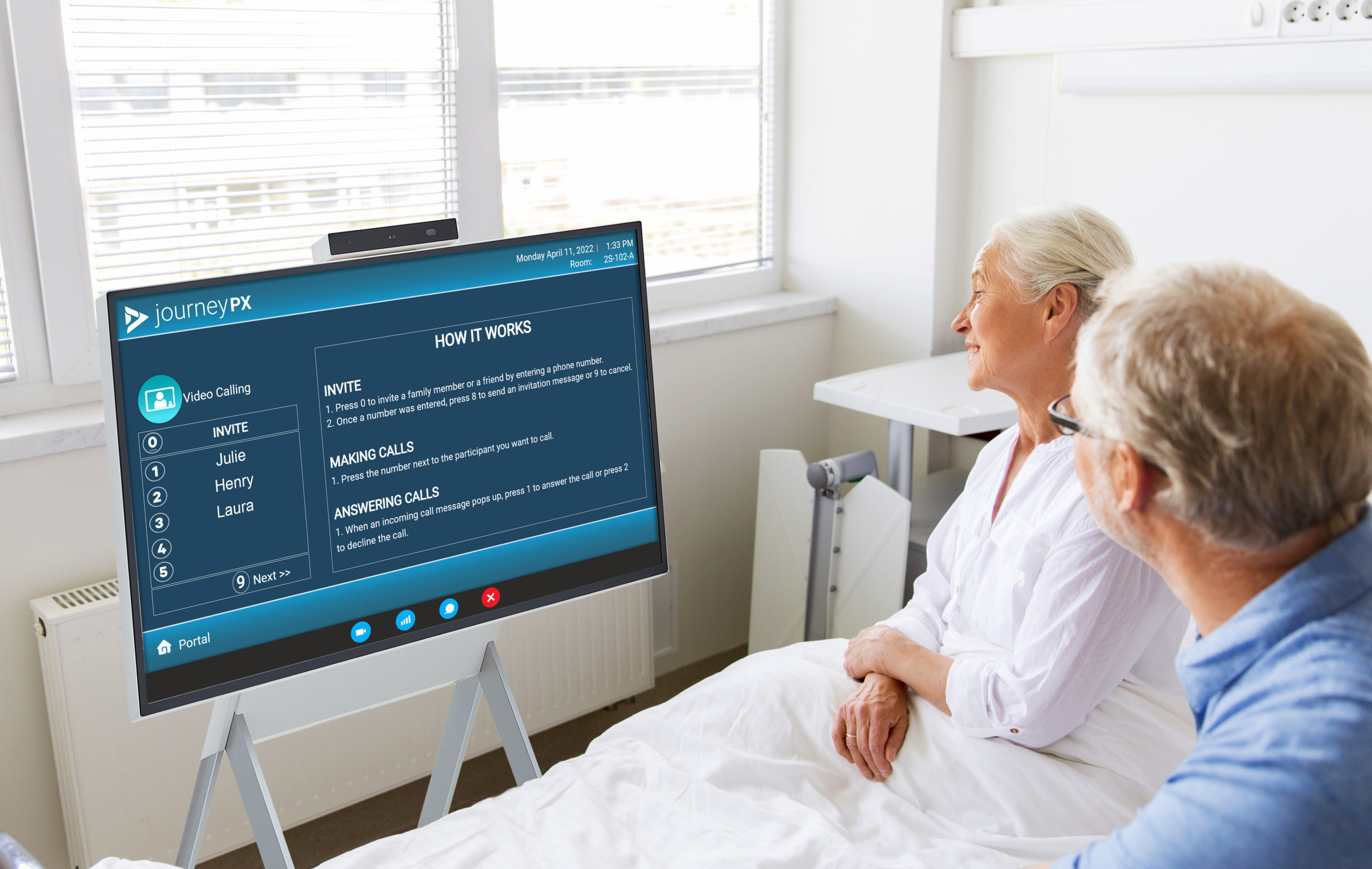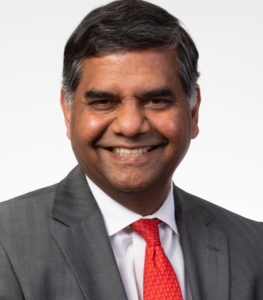
In a recent PX Space podcast interview, host Linda Robinson MSN, CPXP, RN, Vice President of Clinical Excellence, MDM Healthcare spoke with Dr. D.P. Suresh. Dr. Suresh is an interventional cardiologist and executive medical director of the Florence Wormald Heart & Vascular Institute at St. Elizabeth Healthcare in Edgewood, Kentucky. He is committed to helping patients reduce their risk for heart disease and stroke, two of the leading causes of death in the United States. Dr. Suresh outlined The American Heart Association’s eight simple things you can do to help lower your risk of heart attack and stroke. Dr. Suresh explains how the list is comprised of five things you can do to prevent risk, and three tests you can take.
1.Walk Everyday
2.Get A Good Night’s Sleep
3.Cut Out Red Meat and Sugar
4.Quit Smoking and Vaping
5. Keep Stress Levels Down
6. Track Your Cholesterol Levels
7.Check Your Blood for Sugar
8. Monitor Your Blood Pressure
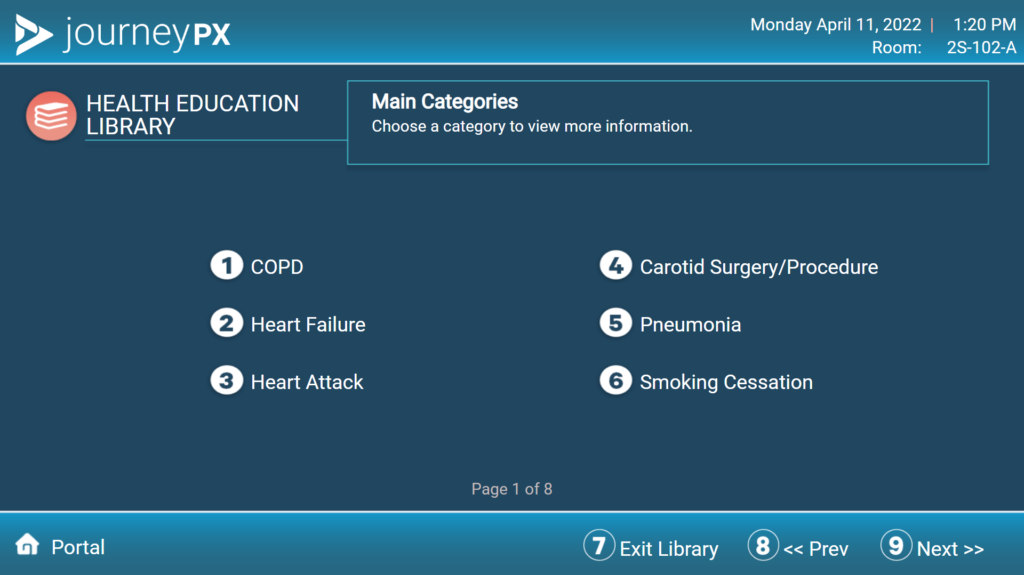
Journey PX provides a variety of benefits for patients admitted into the hospital after a heart attack or stroke. Journey PX’s patient engagement solutions drive communication and crucial health education, even when clinicians are not in the room. The extensive library of patient education videos offered through the My Stay solution keeps heart and stroke patients informed and educated about their care throughout their hospital stay. The education library can be embedded in the EMR and can be automated or manually deployed based on stroke and or heart health risk factors, treatments, or diagnoses. It can even release engaging prompts to the TV to encourage the patient to watch the education! Once the education is completed, it can auto-document the completion and comprehension back into the EMR. In addition, Journey PX’s Connect solution allows for secure virtual rounding and provider visits. The combination of these features saves clinicians valuable time and steps and provides patients with a richer patient experience. My Stay also allows vital health education to be delivered via email and text upon discharge for both patients and their caregivers.
Journey PX is also designed to make sure that anything that goes on the Digital Whiteboard, My Day Today, is in a language patients can understand. “We never want patients to become frustrated with information they don’t understand or afraid to ask questions in the hospital,” said Robinson. She continued to explain that this philosophy extends to the videos Journey PX houses in the health education library, My Stay. Patients are best served by technology that is intuitive and easy to use. “If patients can use a TV remote, they can use the cloud-based patient engagement solution Journey PX.” It integrates with the hospital’s electronic medical record (EMR), so it displays accurate real-time plan of care information. Displaying information in this way engages the patient as an active participant in their care which has been shown to drive positive outcomes.
To hear more from Dr. D.P. Suresh about the topic, listen to the full PX Space podcast interview below.





